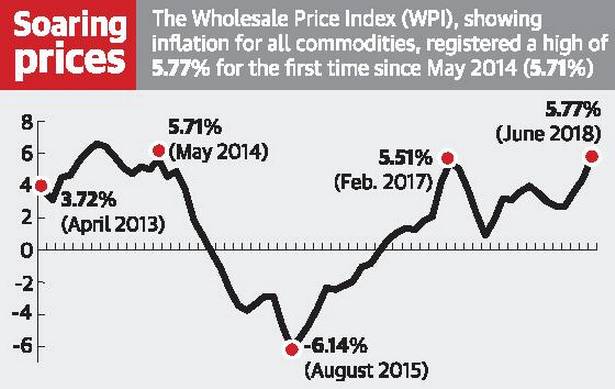7667766266
enquiry@shankarias.in
What is the issue?
What are CPI and WPI?
What are the driving factors for WPI rise?

Is WPI rise a concern?
How does it affect growth?
How does the future look?
Source: The Hindu, Indian Express